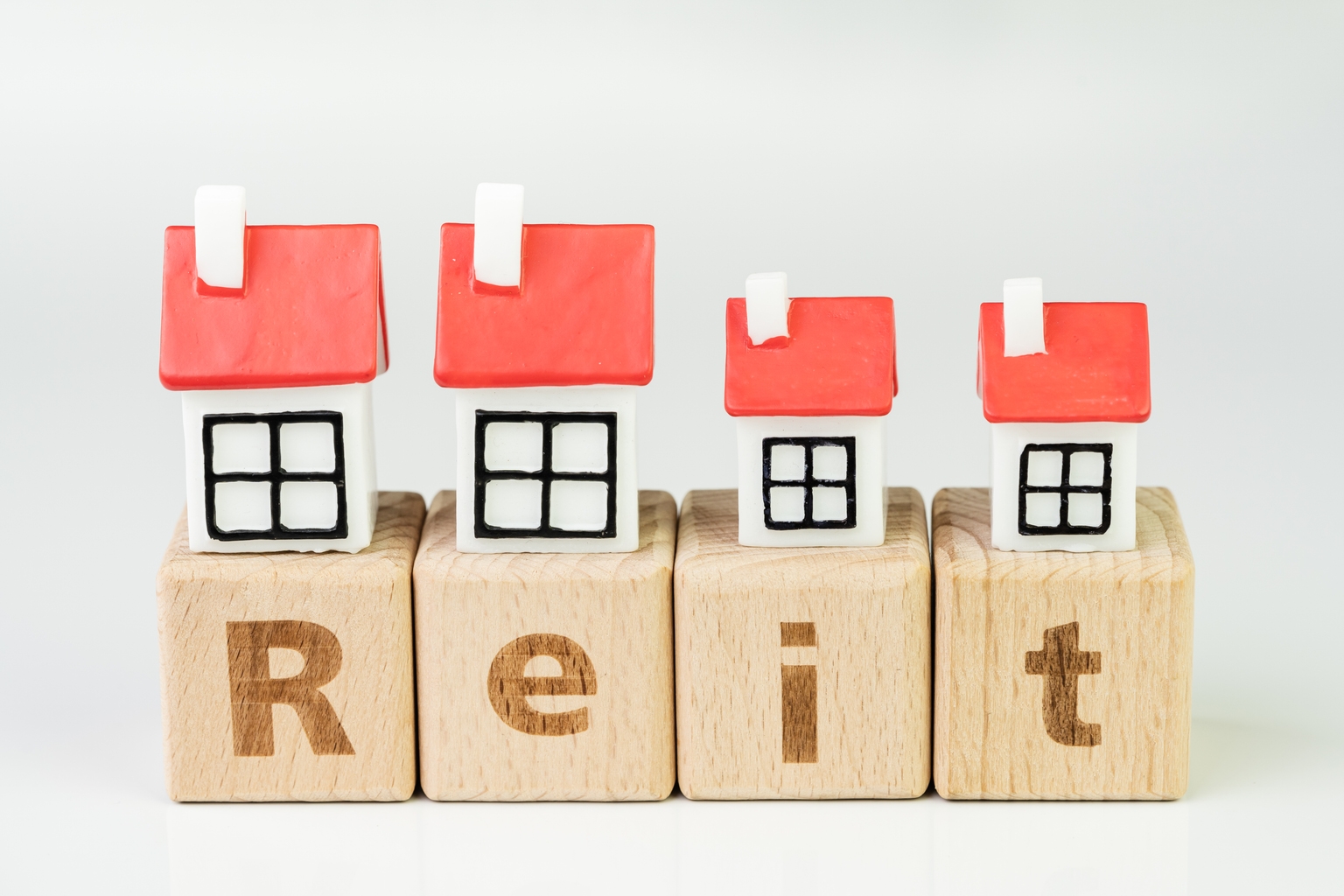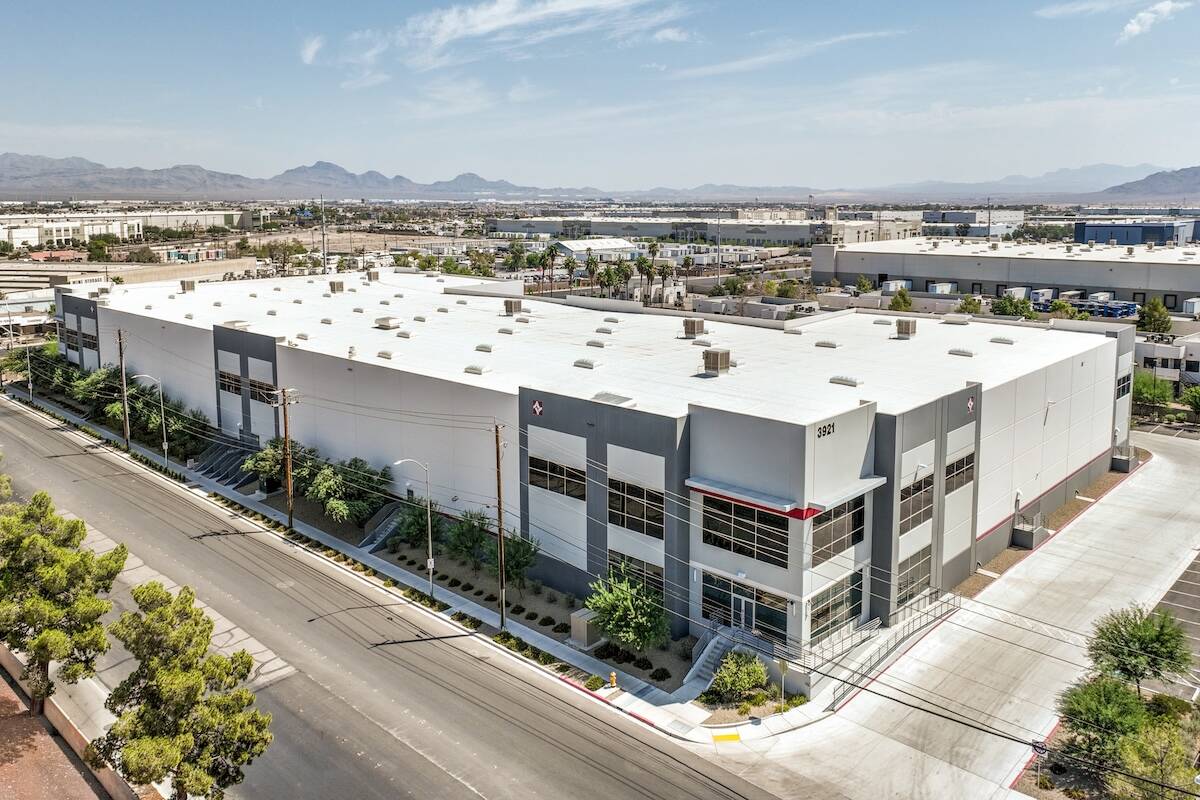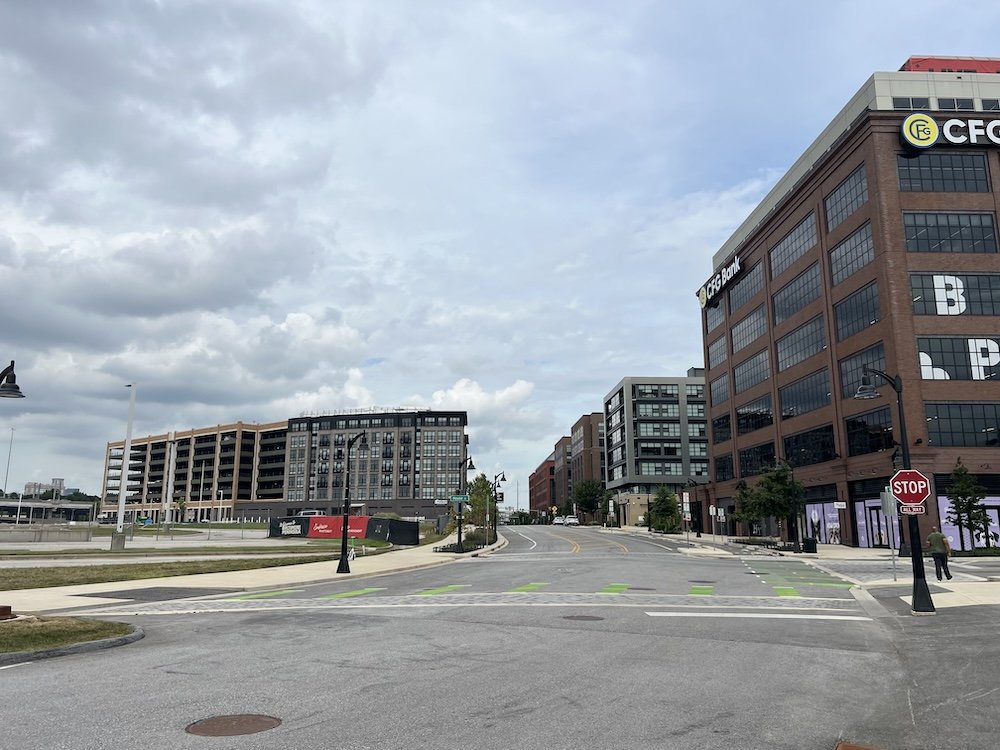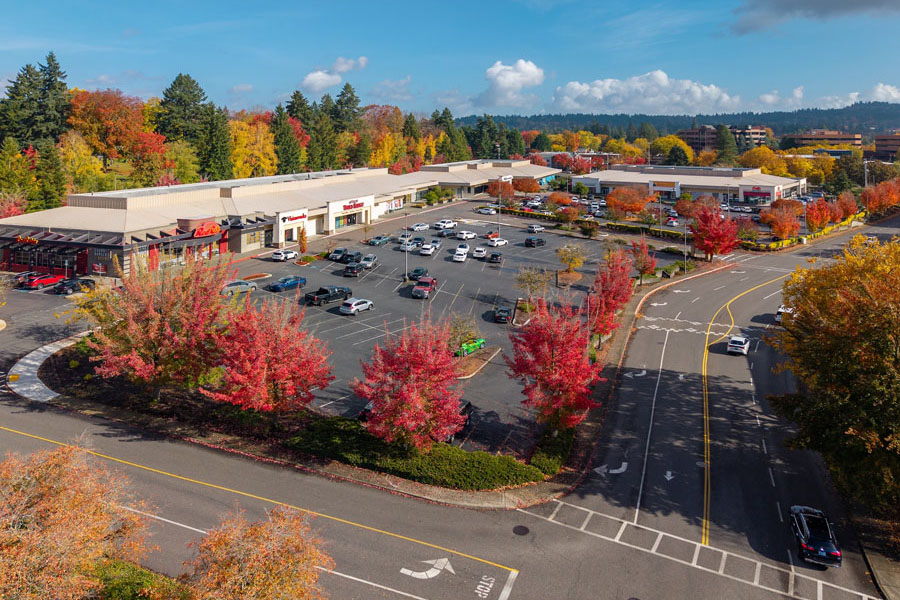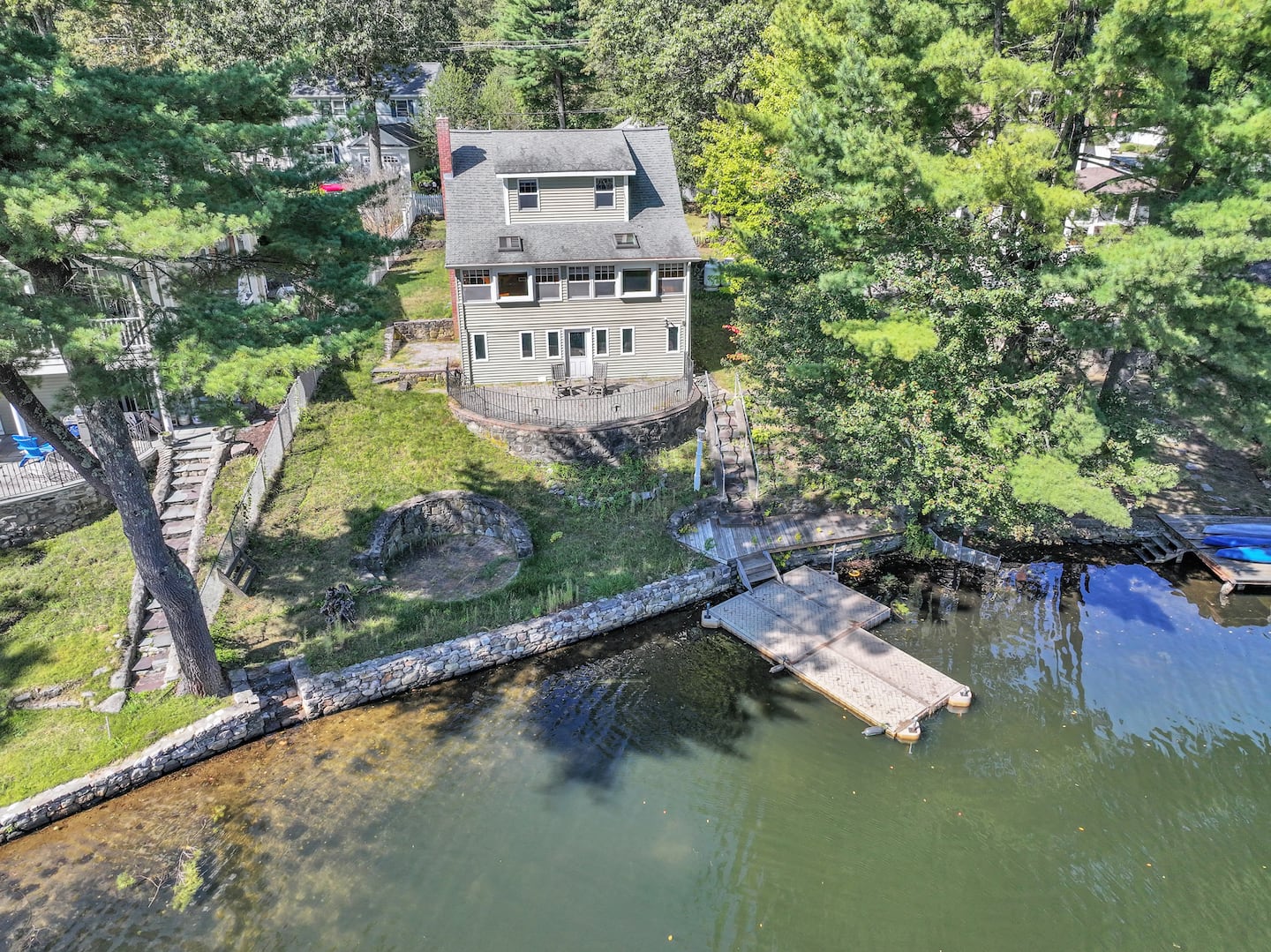D
allas's population growth has stalled within city limits, with many attributing this to a lack of affordable housing options. However, a new report from StorageCafe reveals that North Texas is experiencing a real estate boom, with Dallas ranking fifth in growth from 1980 to 2023. Fort Worth placed ninth and Plano came in at number 33.
The report, compiled by StorageCafe's research team using U.S. Census data and insights from sister companies CommercialEdge and Yardi Matrix, analyzed real estate activity across six sectors - single-family, multifamily, industrial, office, retail, and self-storage - in 108 cities within their limits.
Dallas's zoning regulations and population growth have traditionally attracted residential developers, but this may not be the case. The city has seen more people move out than in last year, despite being part of a metropolitan area that grew faster than any other in 2023.
The report highlights Dallas's multifamily boom, which has added 237,000 units over the past 50 years, second only to New York, Los Angeles, and Houston. In contrast, Fort Worth has experienced a sharp increase in single-family home permits, with 161,000 building permits issued over the same period.
Texas stands out for its high concentration of real estate growth across major cities, according to lead analyst Emilia Man. The state's favorable economic conditions, consistent population influx, and business-friendly environment have made it an attractive destination for investment and innovation.
In terms of industrial space, Dallas ranks fourth among top development hubs, with over 102 million square feet added in the past 50 years. Fort Worth leads the nation in industrial space expansion, delivering 9.7 million square feet annually over the past decade.
The region's office development has been driven by sustained economic growth and corporate relocations, with Dallas adding 88 million square feet of office space since 1980. The city defied the trend of declining office construction, posting a remarkable 96% average increase in the last decade compared to the previous one.
Dallas ranks tenth in retail development, while Fort Worth holds the 15th spot, with almost 39 million and 32 million square feet of retail space delivered over 44 years, respectively. The sector faced a sharp decline during the "digital decade," but Dallas averaged just 240,000 square feet annually in the 2020s.



